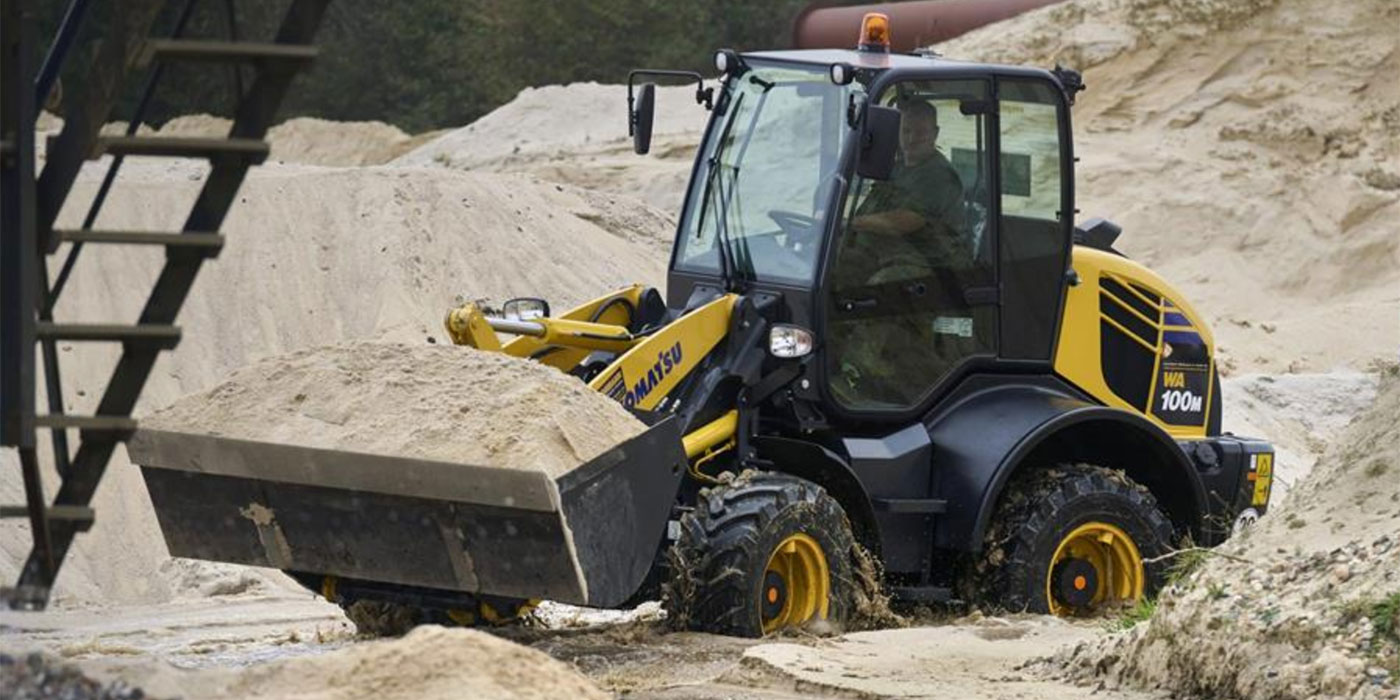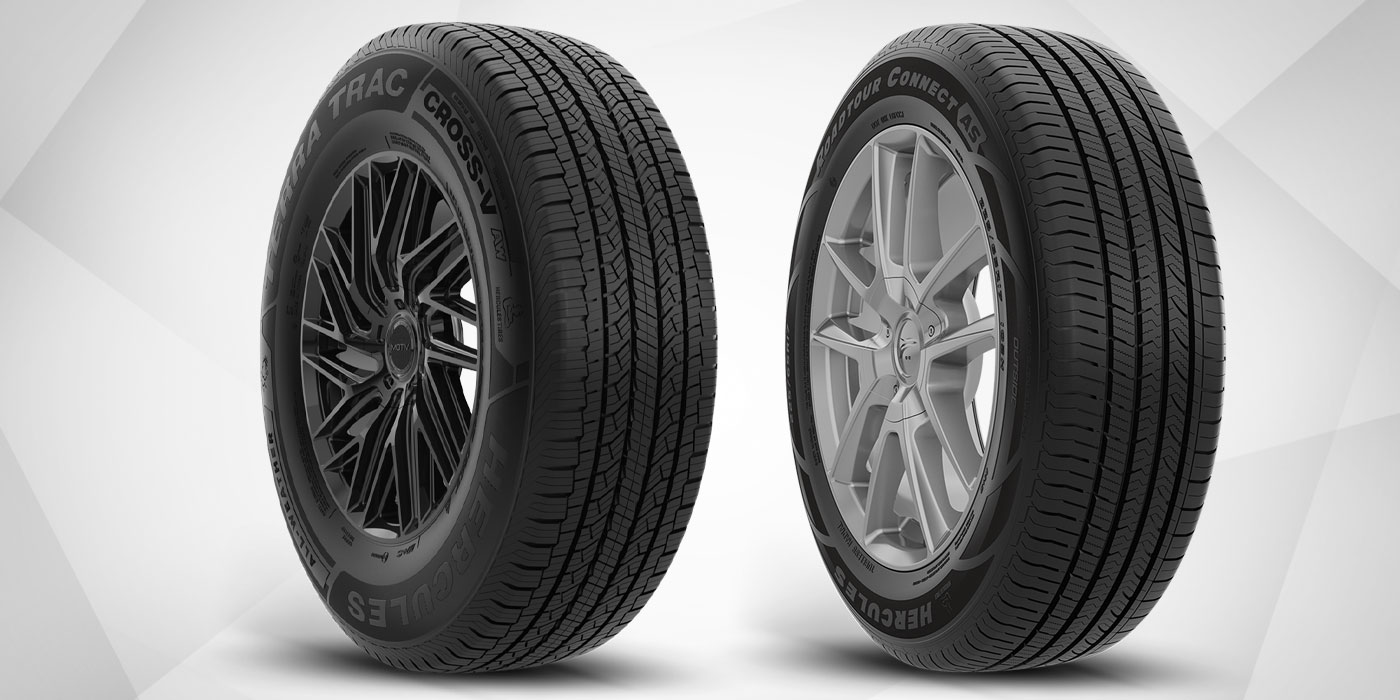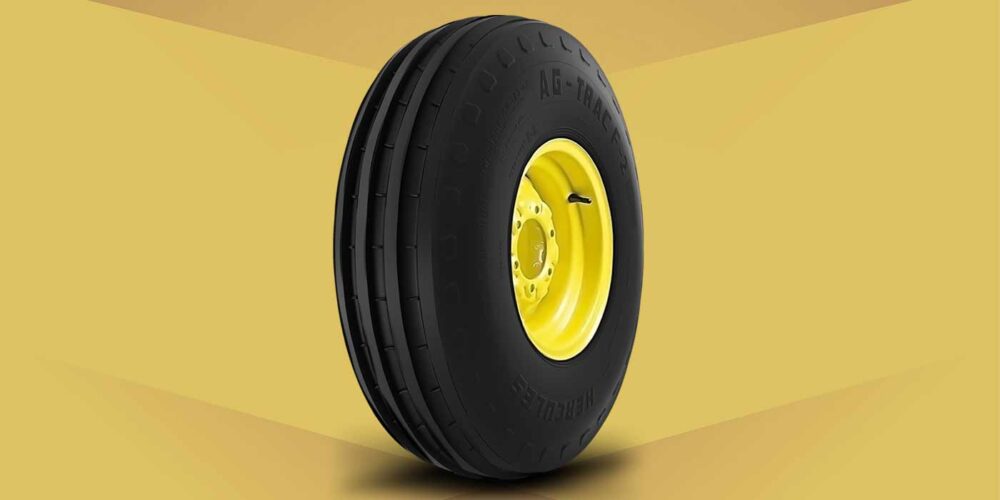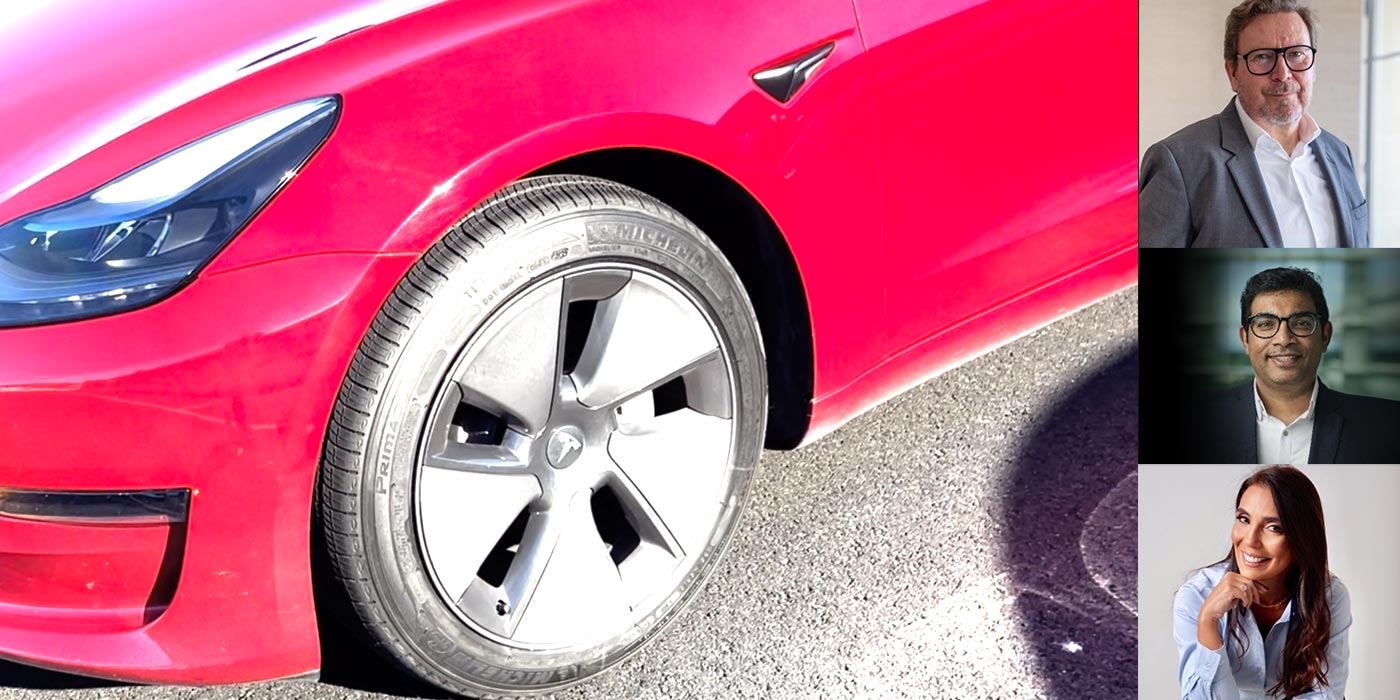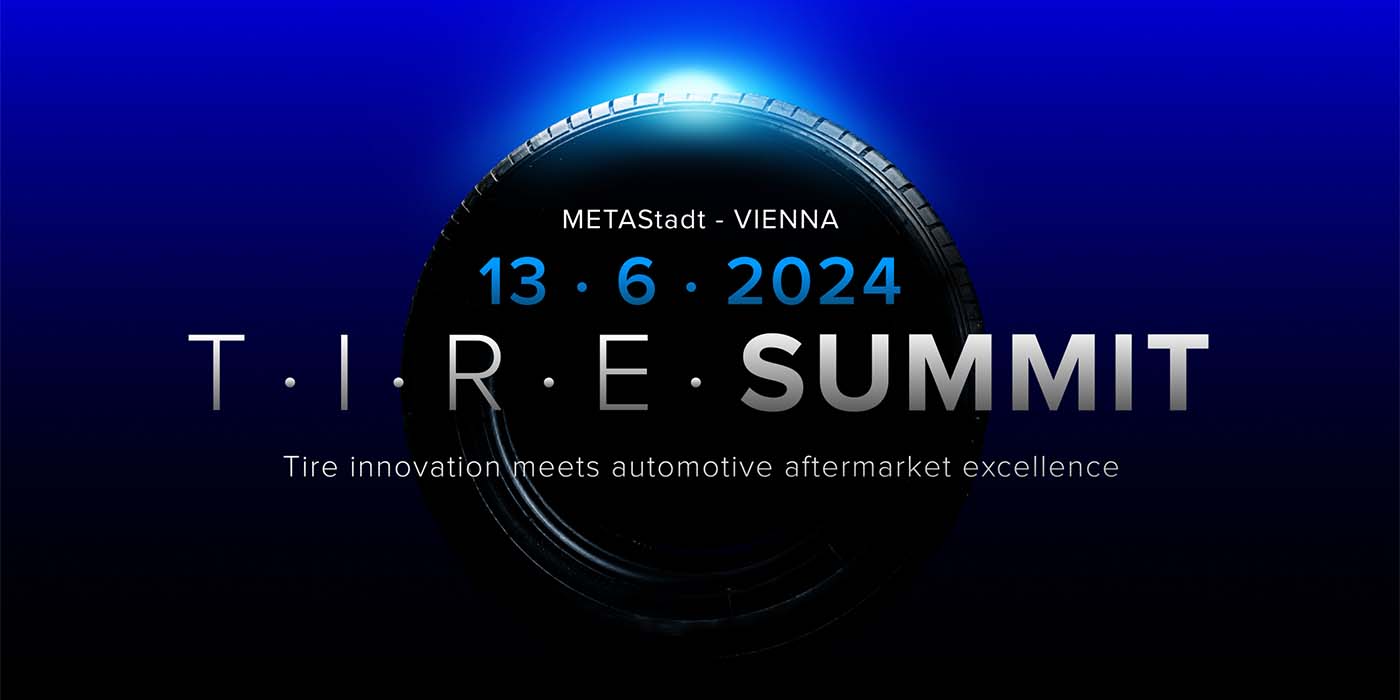We already know that despite the best efforts of every carmaker in the world, no two cars are the same. It’s the same with tiremakers and parts makers.
This is not a finger-pointing expedition, it’s the truth. No two vehicles are identical. It’s impossible.
Oh, and let’s not forget that no two drivers are the same, which provides no solace to you when dealing with customers who don’t like something about their new tires. Because no two tires are the same, either.
Measure what your customer is really complaining about. Is it because they have moved up to a premium-priced tire or stepped down a bit into the lower end of the market because they have become price shoppers? Could that be the source of their tire displeasure? The short answer is: Perhaps it is.
For just a moment think about the elements in the tread design between premium and lower level tires. Focus on kerfs. Some kerfs are straight, some jagged, some are cut deep, some are not. All of them are responsible for giving the vehicle owner better traction and all of them generate a bit of noise.
How much? We don’t know, but as a tread element, a kerf generates noise – sometimes less, sometimes more, depending on the type of road surface over which it is being driven.
Does that mean a premium tire is better than say a private or associate brand tire? You can think of a premium tire being like a BMW and a private or associate brand more like a Hyundai Accent. There is nothing wrong, nothing at all, between the two rides or the tires with which they are fitted other than the price for all the extras.
Both deliver good value for the price paid and the buyers of such vehicles should understand that up front. Does the BMW drive in a more civilized manner? That depends on the owner’s desires and perceptions. Most expect to give up a little quiet in order to acquire better handling.
Accent drivers may not expect as much as the BMW buyer, but appreciate anything and everything Hyundai can provide for the price.
This is all about the consumer. When you replace a set of tires on a BMW the owner might be back in a few hours complaining about noise or lack of handling or whatever, depending on his tire selection. It happens and everyone knows it. So what are you supposed to do?
Answering Questions
Again, it’s important to remember that every tiremaker takes a slightly different approach to noise, vibration, harshness, handling and other characteristics.
For example, some tires employ slightly more aggressive shoulder and tread patterns than others. Softer compounds, or tread block placement, or water dispersing grooves and siping all add up to more noise, or at least a different kind of noise. A casual glance, and any tire’s tread design can almost be heard.
The best advice here is to show the customer before you sell the tire. Compare for them the tread designs they might consider, and ask them to try to pick out the nosiest or most aggressive. Usually, they’ll get it right.
After that you should ask the vehicle owner if that really makes a difference to them. Find out if they are aggressive drivers. If you live north, that will make a difference, too. Rain grooves on the freeways? Where do they drive and what do they haul? Basically, you need to qualify them just as you would any other customer, except your thoughts have to be on comfort and noise.
This is probably going to make the sale a whole lot easier. Most certainly, it is going to keep this tire buyer from coming back with complaints. “Didn’t we discuss this in my showroom before we mounted the tires?” is your answer.
Think about aspect ratios for a minute. Do you want to send a 68-year-old retiree across I-80 with a 45-series tire? No way.
Unless that customer is Carroll Shelby, sell this customer a 60- or 70-series radial that will provide the peace and comfort they really, really want.
Again, we know that the driver of every car is an individual. He or she will drive the car differently, some moderately aggressive, like most BMW owners, while others will drive it more gently, like a Malibu owner. Those fortunate enough to own a Ferrari will drive it as fast as they can afford. But no matter how they drive it, a wear pattern will set up and the only way to correct it is through regularly scheduled tire rotation.
Stand Your Ground
So who abides by your stern recommendation to return to your place of business for a routine tire rotation? Almost no one, that’s who. So any initial bad wear pattern will only get worse. Uncomfortable and uncorrectable heel and toe patterns will begin showing up on tread elements until they become “bouncy” enough to bring the customer back into your service bays.
This isn’t your fault any more than the vehicle maker’s fault or the tiremaker’s fault. That’s why you need to take a few notes regarding customers who are price shopping lesser brands or going full tilt for premium tires.
To set the record perfectly straight on private brand tires, this is what you need to know: They are generally as good as any major brand, and are in some cases made by major tiremakers (not as many as just a few years ago, though). A private brand tire is a well-built, government regulated tire built with safeguards required of all tires. And in some cases, they will outperform major tags in mileage and wear,
Price shoppers will turn to these tires because they are affordable, completely safe, and built to very high tolerances. What they don’t have is a premium label and millions of marketing dollars – that’s all.
If a premium tire buyer decides to slap on a set of private brand tires, they may be disappointed in their tires’ ability to handle as well as a tire costing three times as much.
The reverse is also true. Let’s say you just sold the most expensive tires and wheels to someone used to driving a low cost vehicle. They may not like the performance of the tires if only because they are not used to tight handling UHP tires. It’s not your fault, or that of the tiremaker, it’s just reality.
Are They Too Much?
“We see these types of vehicles in used car lots everyday,” a car dealer friend of mine told me. “Their new owner simply can’t handle the extra horsepower and, just as important, doesn’t know how to drive on W, Y or Z-rated tires. These tires react immediately to every steering input, so if the driver reaches over for a leisurely cup of coffee, he may also put that new Mustang off the pavement. It’s happened to me and the fault is mine, pure and simple.”
With the strongest emphasis possible, I think it’s important for you to counsel your tire buyers into buying precisely the right tire for their style of driving. Yes, many of you are well-skilled at cutting metal, raising and lowering vehicles and sliding on the widest, tallest, highest speed-rated tires matched to beautiful and expensive wheels. As long as your customer knows precisely what he or she is getting into, go for it.
But if your customer is more than a little shy about spending that much money and has never driven a vehicle so equipped, it’s time for you to back off a bit. It is now your responsibility to sell the kind of tire you know will best fill the bill.
It’s the best way to keep frustrated tire buyers away from your door. Unless it’s to buy another set of those wonderful tires you sold them.


